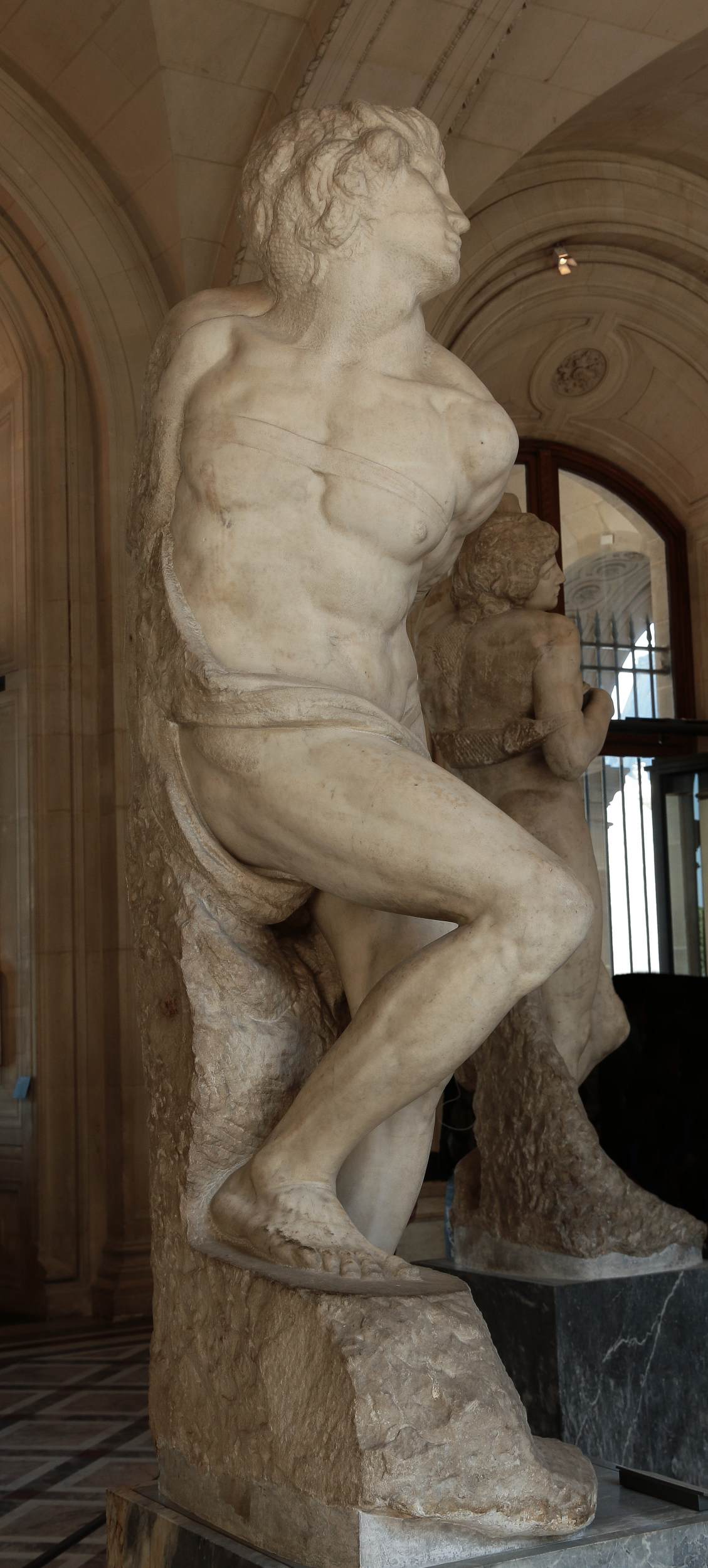With conection to bondage we have interests about safety, including possibilities of nerve damage. Therefore we read information about how we can recognize pinched nerve in time.
Article about peripheral neuropathy
This article describes the symptoms of damaged or pinched nerve (they can be similar)
"Patients with peripheral neuropathy may have tingling, numbness, unusual sensations,
weakness, or burning pain in the affected area..."
"Neuropathy can present with many differing symptoms, including numbness, pain of different types, weakness, or
loss of balance, depending on the type of nerve involved. "
link: peripheral neuropathy
Základní symptomy periferní neuropatie
Vjemové potíže:
necitlivost, neobvyklé vjemové dojmy, brnění, pocit pálení zejména v noci. Dále pak "cizí", studené nohy (tupé, "dřevěné"), slabost
Motorické potíže:
únava, slabost, tíha
křeče
(spazmy), fascilukace (pod kůží jsou vidět záškupy svalových vláken, nejedná se však o kontrakci celého svalu)
Odborné pojmy:
Pro zajímavost:
- parestezie je
pocit brnění, píchání, svědění či pálení
kůže bez trvalých následků
- akroparestezie je parestezie na okrajových částech těla
- hypostezie je snížená citlivost; taktilní hypostezie je snížená hmatová citlivost
- lékaři mluví o rukavicové nebo punčochvité taktilní hypostézii, což je v podstatě akroparestezie
- anestezie (hluboká necitlivost), pallhypestézie (snížení hluboké citlivosti ) a pallanestézie (vymizení hluboké citlivosti)
Závěr
Pokud provádíte bondáž na člověku se zdravými nervy, hlídáte si příznaky neuropatie. Pokud osoba začne mít pocit brnění nebo pálení, ztráty citlivosti nebo tuhnutí končeniny či svalu, je třeba úvaz v dané oblasti uvolnit. Na člověku nemocném polyneuropatií byste měli problém rozlišit, co je příznak polyneuropatie a co příznak skřípnutého nervu.

